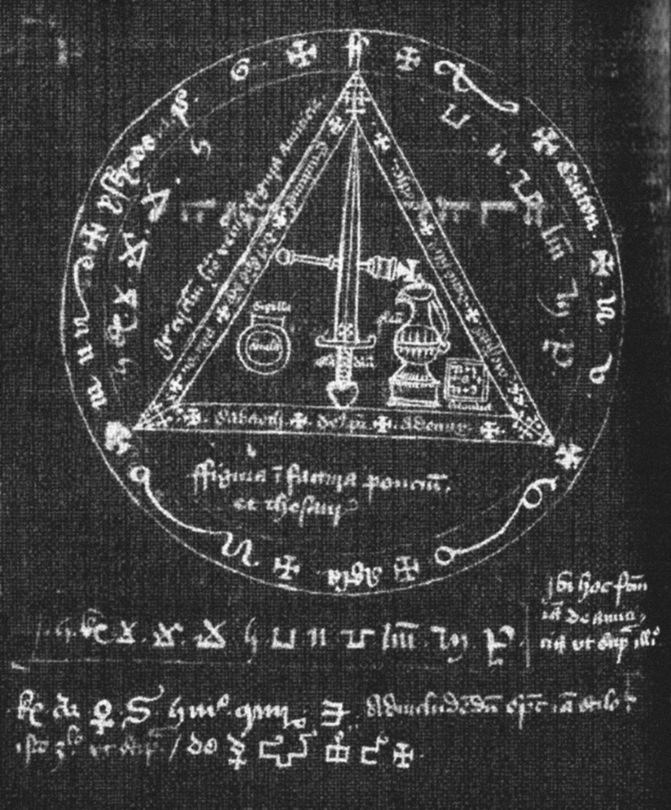When you are planning an rpg campaign tone is critical. A campaign without a defined tone might be ok, but it is unlikely to be awesome and memorable; but a campaign with a well defined tone can easily stand out and be remembered for years to come. One of the key aspects of tone in rpgs is how much of the fantastical/magical/unrealistic is included. Now I am using fantasy subjects and examples but this just as easily applies to science fiction, super-heroes or other settings that have something the real world does not. Magic is replaced by super-tech, genetic abilities or some other thing. The things I discuss below are hardly an exclusive list of things to consider about fantasy, or the other in your campaign. Like with many other things, this is something that is important to discuss as part of the pre-campaign, which if you are interested in more about check out this link.

First up, because this impacts so many things downstream, is magic. How common is magic? How powerful is magic? Is magic limited to those born with something special or can anyone learn it or is it both, that anyone can learn but some people have an affinity? Are there limits on what magic can do, like can it permanently enchant something? Has magic waned in power over time? There are probably more magic related questions that I have forgotten that can further dial in the tone you are looking for. The answers to these questions have huge impacts on tone and feel of a setting, Gandolf feels incredibly important in the Lord of the Rings partially because he is one of a very limited number of wizards, and you feel the wonder of artifacts from an age long past that those who live now could not replicate. At the same time, by D&D standards, Gandolf has almost no magic and even fairly low level wizards use both more spells and more powerful spells on a daily basis. On the other hand, you have settings like wheel of time where there are more magic users, but they are separated into special organizations for training and control.
Next is the absence or presence of non-human sentients of roughly human size. By this I mean from halfling through to say ogre sized; so not tiny fairies or actual giants. If the answer is no, then you probably need to put some focus into making different human factions, such as nations, religious/martial/magical orders, or cultures feel different from each other. You need spice somewhere otherwise things will be bland. If the answer is yes, then the follow up questions are: How many different ones and how common are they? Game of Thrones has two, the children of the forest and the white walkers, but both are rare and only appear in specific parts of the world. Lord of the Rings effectively defined what standard fantasy species are with elves, dwarves, hobbits and orcs. Pathfinder and D&D often go beyond that with a dozen or more species being available in just a couple of sourcebooks; fifth edition D&D for example has 9 species, including humans and mixed heritages, not including sub-species such as high elf. Anywhere across this spectrum is a valid place to run a campaign, but what you choose will significantly impact the feel and tone of the game.
A related but different question naturally follows, what about intelligent species significantly different from humans in size and shape. Now we are talking sentient dragons, giants, tiny fairies and more exotic things. I have this question separately from the previous because the impact of these types of sentient creatures is generally very different to your campaign from that of the species discussed already. An elf or orc could be the species of a character in your campaign, but in most games none of your players will be a dragon or fairy. That isn’t to say a campaign where the players are a clutch of young dragons or all tiny fairies wouldn’t be interesting, but it certainly isn’t the norm. The most powerful of these kinds of intelligent creatures could be at the center of an entire campaign, like Smaug is in the Hobbit, others may simply be the focus of a single session like how Odysseus and the Cyclops is only one episode in his epic journey.
Now we move away from intelligences to travel, can magic or some other method be used to travel faster than would be normal for that technology level? And/or can you travel to other realms, be that worlds of the material plane or other planes of existence. This will not only shape how your players and others of the world get places, but also possibly where they can go. Strategies have to change if the evil wizard can just snap his fingers and get away when things start going sideways. And the scope of a game changes when there are portals to other worlds to explore rather than being confined to one Kingdom or continent due to travel options.
Last but not least, are there non-intelligent fantastical creatures? This could be slightly changed versions of real or extinct creatures, such as dire wolves or dinosaurs. Or it could be entirely mythical/fictional creatures like griffins or kraken. A world where knights ride dinosaurs or direwolves stalk the forest feels very different from one with only real, living animals. If you want something to be key to your campaign, maybe make it the only type of fantastical creatures in the setting; dinosaurs stand out far more if there aren’t also basilisks and giant eagles.
Hopefully you found these points helpful and a good reminder of the range of tones that fantasy can take. Where do you land on these questions? Are there key things I didn’t cover? Come back next week as we look at another Gal Hadre related topic.
Comments
Post a Comment